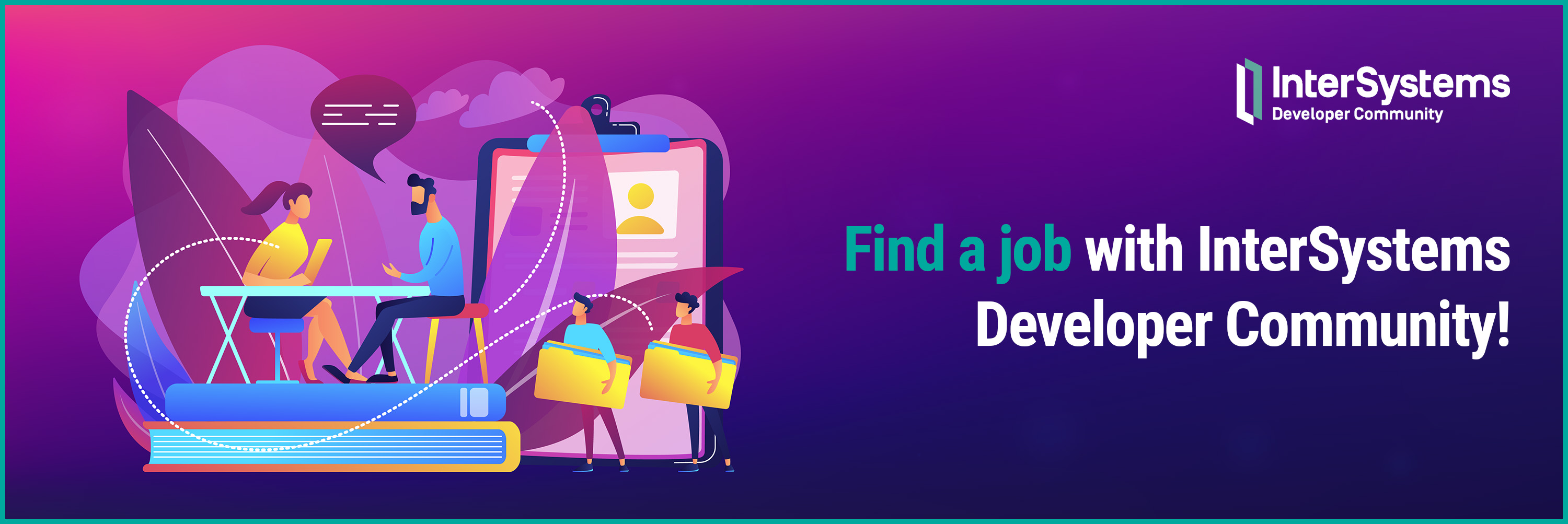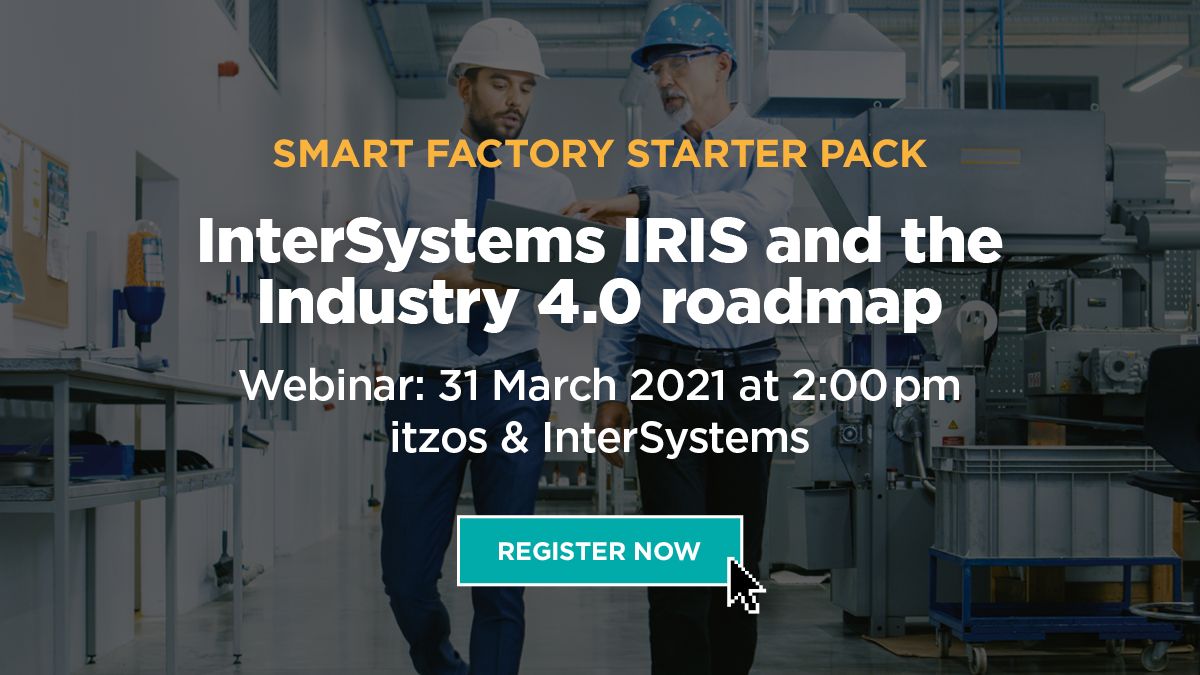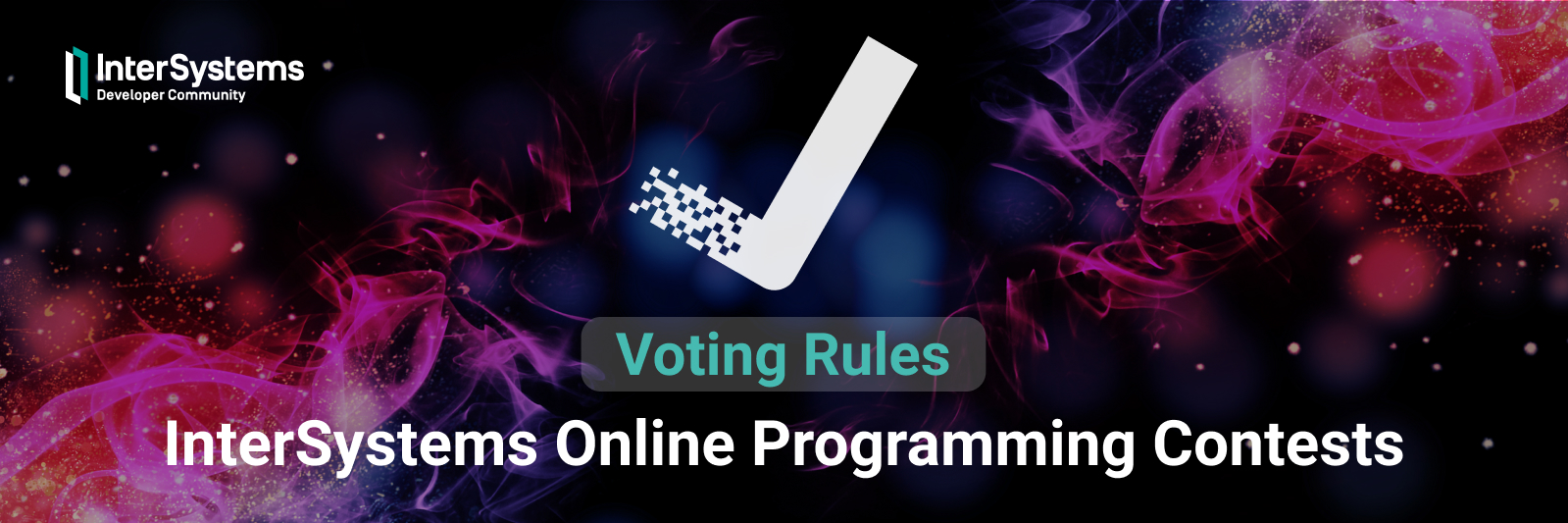Hi Developers!
Here're the technology bonuses for the InterSystems Developer Tools Contest that will give you extra points in the voting.
Docker container usage - 2 points
The application gets a 'Docker container' bonus if it uses InterSystems IRIS running in a docker container. Here is the simplest template to start from.
ZPM Package deployment - 2 points
You can collect the bonus if you build and publish the ZPM(ObjectScript Package Manager) package for your Full-Stack application so it could be deployed with:
zpm "install your-multi-model-solution"
command on IRIS with ZPM client installed.
ZPM client. Documentation.
Unit Testing - 2 points
Applications that have Unit Testing for the InterSystems IRIS code will collect the bonus.
Learn more about ObjectScript Unit Testing in Documentation and on Developer Community.
Online Demo of your project - 3 points
Collect 3 more bonus points if you provision your project to the cloud as an online demo. You can use this template or any other deployment option. Example. Learn more on deployment in Monday's Kick-Off webinar.
Code quality analysis with zero bugs - 2 points
Include the code quality Github action for code static control and make it show 0 bugs for ObjectScript. Learn more in Monday's Kick-Off webinar.
Article on Developer Community - 2 points
Post an article on Developer Community that describes features of your project. Collect 2 points for each article. Translations to different languages work too.
Video on YouTube - 3 points
Make the Youtube video that demonstrates your product in action and collect 3 bonus points per each. Example.
The list of bonuses is subject to change. Stay tuned!






.png)
